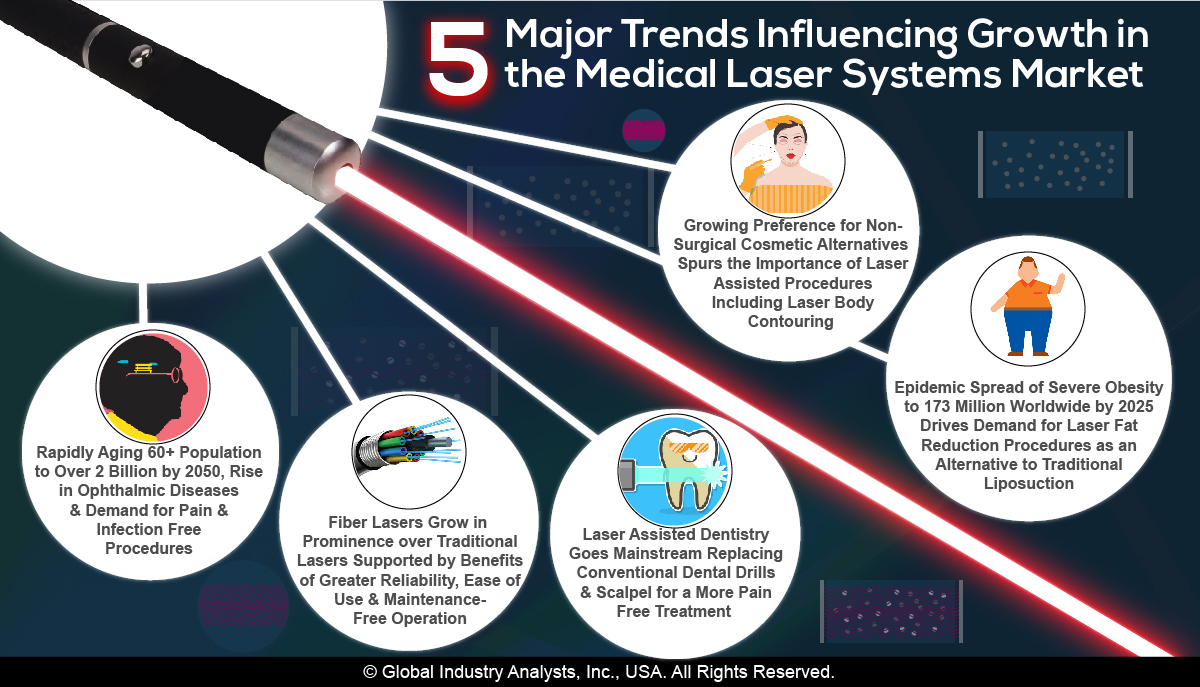Recognizing The Various Types Of Intraocular Lenses For Cataract Surgical Procedure

Content writer-Langballe Tucker
Throughout cataract surgical procedure, your natural lens is removed and also changed with an artificial lens. Your cosmetic surgeon will certainly discuss with you the various sorts of IOLs available to minimize or eliminate your requirement for glasses after surgical procedure.
Common IOLs have one concentrating range and also are normally set for clear range vision. Costs IOLs, likewise called multifocal or accommodative lenses, have areas with different concentrating strengths to permit you to see near and far things without glasses.
Monofocal IOLs
Standard monofocal lenses are utilized most often to remedy cataracts during a treatment called refractive lens exchange (additionally known as clear lens exchange). The cataractous natural lens is replaced with a synthetic one, resulting in enhanced vision.
These IOLs offer clear vision at a solitary range. They are generally set to optimize your range vision, but you will certainly still need reviewing glasses for near items.
These lenses are made from an acrylic product that is adaptable and foldable. This permits your optometrist to put them into the same cut whereby your natural lens was removed throughout surgery. Discover More Here can discuss your IOL choices with you as well as advise the most effective course of action for your aesthetic requirements.
Multifocal IOLs
These premium lenses offer a range of focus regions, eliminating the need for glasses to see up close, far or in between. This is achieved through several specifically developed focusing powers or by suiting (changing shape) the lens. It may take a while for your brain to adapt to these lenses, yet the vision they provide is well worth the effort!
These lenses are divided right into 2 major categories based upon just how they bend light to develop several retinal images. They can be categorized as refractive multifocal and diffractive multifocal lenses.
Refractive Multifocal IOLs possess several curvatures to develop "refractive zones" that bend light to generate several retinal photos with various dioptric powers. This enables a higher degree of picture top quality without depending on the size of the pupil. visit this hyperlink include the Tecnis Multifocal and Panoptix.
Toric IOLs
In individuals with astigmatism, the curve of the cornea is slightly incomplete, so light entering the eye is not focused in one spot on the retina. This causes blurred vision. During cataract surgical procedure, toric IOLs are lined up so the lens's steepest portion matches this curve as well as produces clear, sharp vision.
Toric IOLs are an excellent alternative for people that need cataract surgery and intend to decrease their dependence on glasses or call lenses. However, a toric IOL requires to be completely lined up for optimal visual end results. For every single 3 levels of imbalance, the IOL is 10% much less reliable.
To minimize related internet page of postoperative IOL rotation, the ocular viscoelastic gadget (OVD) must be completely gotten rid of from the capsular bag before IOL insertion. Throughout this action, the cosmetic surgeon ought to carefully mark the steepest factor of the cornea to aid assist the IOL's axis after it is dental implanted. This aids prevent the individual from needing to undergo surgery once again to have the IOL re-aligned.
Prolonged Deepness of Focus (EDOF) IOLs
A brand-new modern technology has actually lately arised in the treatment of presbyopia called Extended Deepness of Focus (EDOF). These lenses make use of a solitary lengthened centerpiece to improve range of vision. The resulting lenses do not have the multiple points of focus of multifocal IOLs, which can cause halos and glow for some clients.
An excellent EDOF lens would supply a sharp emphasis over a variety from plano to -1.50 D, allowing individuals to see near, intermediate, and range things without glasses. The first EDOF IOL to be introduced was the diffractive style of the Tecnis Symfony IOL, which utilizes light-splitting rings to prolong the range of vision. Nonetheless, this layout can trigger a decrease on the other hand level of sensitivity that numerous individuals do not endure well.
A more recent non-diffractive EDOF IOL is the Vivity IOL, which combines aspheric optics with a pinhole design to enhance deepness of emphasis. This design minimizes generated aberrations and might result in much better contrast sensitivity, though it does not fully correct for astigmatism or permit practical near vision.

